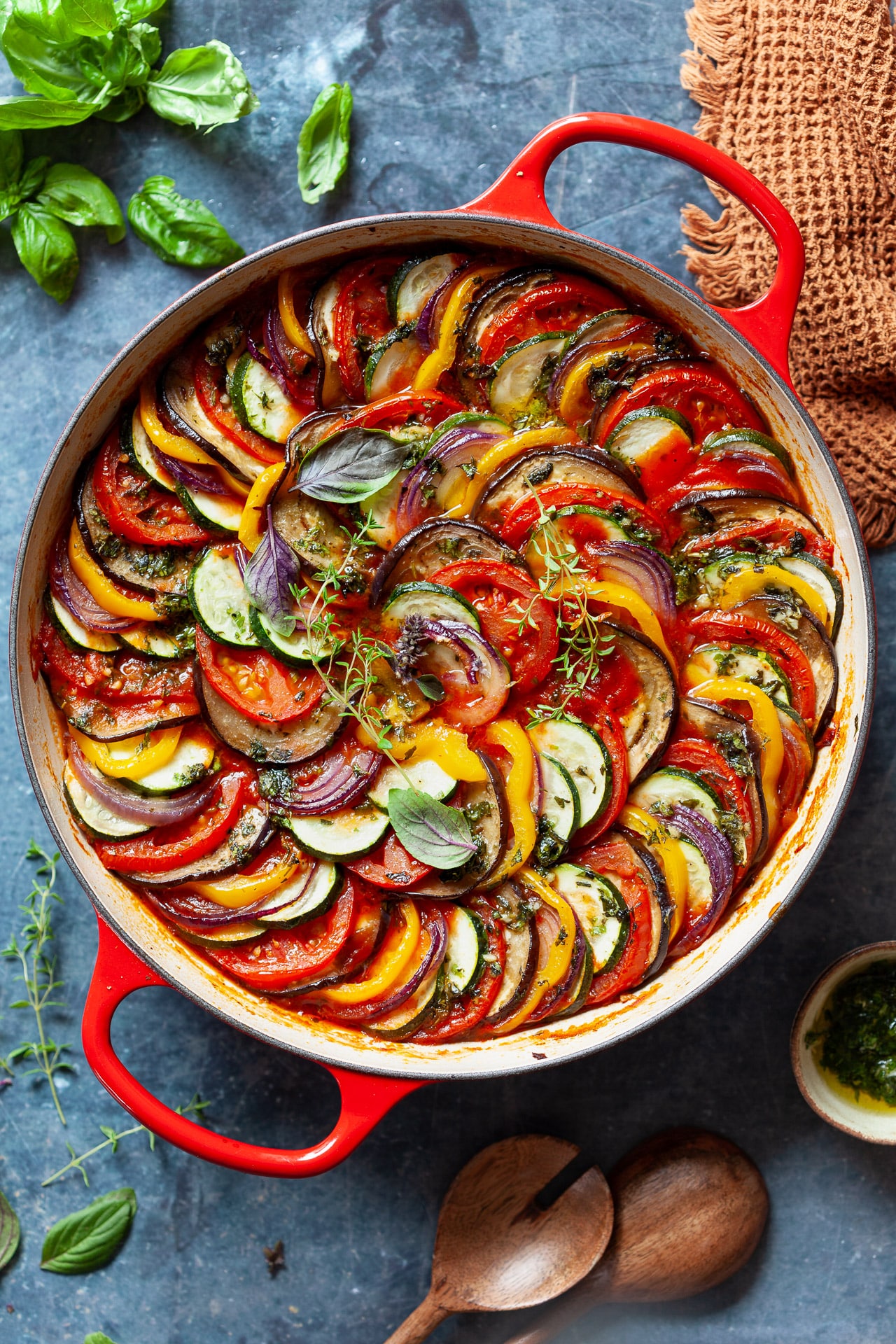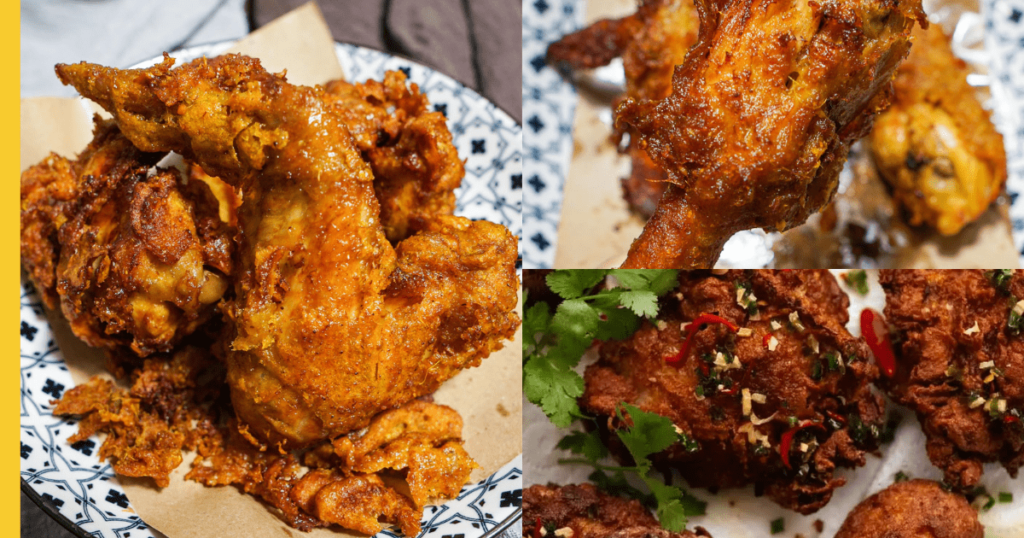A Journey Through Paella: From Humble Origins to Culinary Masterpiece
Related Articles
- A Journey Into The Heart Of Indonesian Flavors: Lontong Sayur
- A Culinary Journey: Exploring The Rich Flavors Of Gule Kambing
- A Culinary Journey: Exploring The Depth Of Mie Aceh
- Tinutuan: A Culinary Journey Through The Heart Of North Sulawesi
- A Slice Of Sunshine: The All-American Key Lime Pie
Introduction
Welcome to our in-depth look at A Journey Through Paella: From Humble Origins to Culinary Masterpiece
A Journey Through Paella: From Humble Origins to Culinary Masterpiece

Paella, the iconic Spanish dish, is more than just rice cooked with seafood and chicken. It’s a testament to culinary ingenuity, a symbol of Spanish culture, and a canvas for endless flavor combinations. This article dives deep into the world of paella, exploring its history, unraveling the secrets of its preparation, and offering insights into crafting your own culinary masterpiece.
From Humble Beginnings to International Fame
The origins of paella can be traced back to the Valencia region of Spain, where farmers and laborers would cook their meals over open fires. The word "paella" itself derives from the "paella," a wide, shallow pan traditionally used for cooking over an open fire. These early versions of paella were simple, utilizing readily available ingredients like rice, vegetables, and sometimes rabbit or snails.
As time passed, the dish evolved, incorporating ingredients like seafood, chicken, and chorizo. This evolution was driven by the availability of ingredients and the influence of different cultures. The introduction of saffron, a precious spice, transformed paella from a simple peasant dish into a culinary delight.
The Essential Ingredients: Building Blocks of a Perfect Paella
Paella is a dish that allows for creativity and adaptation, but there are certain core ingredients that form the foundation of any successful recipe. These essential components are:
1. Rice: The star of the show, the rice used in paella is crucial for its texture and absorption. Traditionally, Bomba rice is preferred for its ability to absorb liquid without becoming mushy, resulting in a distinct "al dente" bite. However, other short-grain varieties like Arborio or Valencia rice can also be used.
2. Saffron: This expensive spice, often referred to as "red gold," adds a unique color and a distinctive, earthy flavor to paella. A pinch of saffron threads, steeped in hot water before being added to the rice, can elevate the dish to new heights.
3. Broth: The liquid used to cook the rice is as important as the rice itself. A flavorful broth, usually made from chicken or seafood, is essential for imparting depth to the paella. It can be enhanced by adding herbs like parsley, bay leaves, or thyme.
4. Vegetables: Paella is often enriched with a medley of vegetables. Common additions include green beans, peas, artichoke hearts, peppers, and tomatoes. These vegetables not only add color and texture but also contribute to the overall flavor profile.

5. Meat and Seafood: Paella can be either vegetarian or incorporate a variety of meat and seafood. Common additions include chicken, rabbit, chorizo, mussels, clams, prawns, and squid. The choice of protein depends on personal preference and availability.
Mastering the Art of Paella: Techniques and Tips
While paella may seem simple, mastering its preparation requires a combination of techniques and careful attention to detail. Here’s a step-by-step guide to creating a perfect paella:
1. Preparing the Ingredients:
- Rice: Rinse the rice thoroughly under cold water until the water runs clear. This removes excess starch and prevents the rice from becoming sticky.
- Saffron: Steep the saffron threads in hot water for about 10 minutes to extract their flavor and color.
- Broth: Prepare a flavorful chicken or seafood broth, ensuring it is seasoned well.
- Vegetables: Chop the vegetables into bite-sized pieces, ensuring they cook evenly.
- Meat and Seafood: If using, prepare the meat and seafood according to your chosen recipe.
2. The Cooking Process:
- Searing: Heat a paella pan over medium heat and add a generous amount of olive oil. Sear the meat and seafood, if using, until golden brown and cooked through.
- Sautéing: Add the chopped vegetables and sauté them until softened, about 5 minutes.
- Adding the Rice: Pour the rinsed rice into the pan and stir to coat it with the oil and vegetables.
- Adding the Broth: Slowly pour the hot broth into the pan, ensuring the rice is covered by about 1-2 inches of liquid.
- Simmering: Bring the broth to a simmer, then reduce the heat to low and cover the pan for about 10-15 minutes, or until the rice has absorbed most of the liquid.
- Resting: Once the rice is cooked, remove the pan from the heat and let it rest for 5-10 minutes before serving.

3. The "Socarrat": A Culinary Treasure:
The "socarrat," a crispy, caramelized layer on the bottom of the paella, is a prized element of the dish. It is achieved by allowing the rice to slightly stick to the bottom of the pan during the cooking process. To create a "socarrat," ensure the pan is hot enough at the start of cooking and avoid stirring the rice once it has been added.
4. Garnishing and Serving:
Traditionally, paella is served directly from the pan, allowing everyone to enjoy the "socarrat" and the various elements of the dish. It is often garnished with a sprig of parsley, a squeeze of lemon juice, and a sprinkle of paprika.
Exploring the World of Paella: Variations and Inspirations
The beauty of paella lies in its versatility. It can be adapted to accommodate various preferences and dietary needs. Here are some variations and inspirations to explore:
1. Vegetarian Paella:
- Mushroom Paella: Replace meat and seafood with a medley of mushrooms, including portobello, shiitake, and oyster mushrooms.
- Vegetable Paella: Focus on a variety of colorful vegetables like bell peppers, zucchini, eggplant, and asparagus.
2. Seafood Paella:
- Classic Seafood Paella: Combine mussels, clams, prawns, and squid for a traditional seafood paella.
- Lobster Paella: Elevate the dish with the addition of fresh lobster, adding a luxurious touch.
3. Meat Paella:
- Chicken and Chorizo Paella: Combine tender chicken pieces with spicy chorizo sausage for a flavorful combination.
- Rabbit Paella: Use tender rabbit meat, seasoned with herbs and spices, for a traditional Spanish flavor.
4. Fusion Paella:
- Asian-Inspired Paella: Incorporate elements of Asian cuisine, such as soy sauce, ginger, and sesame oil.
- Mexican-Inspired Paella: Add a touch of Mexican spice with jalapenos, cilantro, and lime juice.
5. Paella for Special Occasions:
- Paella for a Birthday: Create a colorful and festive paella with a variety of ingredients, perfect for celebrating a special occasion.
- Paella for a Picnic: Pack a portable paella pan and enjoy a delicious meal outdoors, surrounded by nature.
Culinary Tips for Success:
- Pan Size: Choose a paella pan that is large enough to accommodate the ingredients without overcrowding.
- Heat Management: Ensure the pan is heated evenly and maintain a consistent temperature throughout the cooking process.
- Rice to Liquid Ratio: Use the correct ratio of rice to liquid (usually 1 cup of rice to 1.5 cups of broth), adjusting according to the type of rice used.
- Don’t Stir Too Much: Once the rice has been added, avoid stirring it too much to prevent it from becoming mushy.
- Resting Time: Allow the paella to rest for a few minutes after cooking to allow the flavors to meld.
Beyond the Plate: The Cultural Significance of Paella
Paella is more than just a dish; it’s a symbol of Spanish culture and tradition. In Valencia, where it originated, paella is a beloved dish enjoyed by families and friends alike. It is often prepared for special occasions, such as weddings, festivals, and holidays.
The communal nature of paella, where everyone gathers around the pan to share a meal, embodies the spirit of Spanish hospitality and togetherness. Paella is a reminder of the importance of sharing food and creating memories with loved ones.
Conclusion: A Culinary Journey of Flavor and Tradition
Paella is a culinary journey that takes you from the humble fields of Valencia to the sophisticated tables of the world. Its rich history, diverse ingredients, and adaptable techniques make it a dish that continues to captivate and inspire cooks and diners alike. Whether you’re a seasoned chef or a novice cook, exploring the world of paella is an adventure in flavor and tradition. So, gather your ingredients, heat your pan, and embark on your own culinary journey to create a paella that is both delicious and unforgettable.
Closure
We hope this article has helped you understand everything about A Journey Through Paella: From Humble Origins to Culinary Masterpiece. Stay tuned for more updates!
Don’t forget to check back for the latest news and updates on A Journey Through Paella: From Humble Origins to Culinary Masterpiece!
We’d love to hear your thoughts about A Journey Through Paella: From Humble Origins to Culinary Masterpiece—leave your comments below!
Keep visiting our website for the latest trends and reviews.





